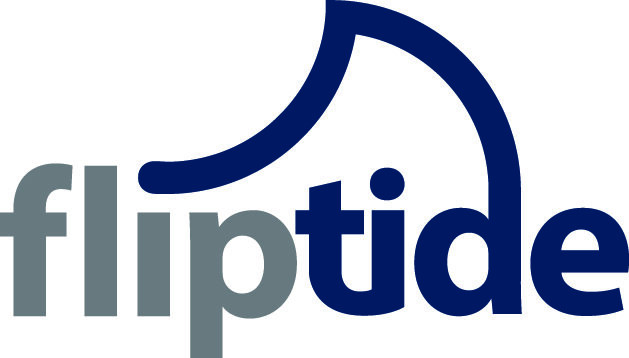 For those of you who may not have noticed, several weeks ago, Google introduced some pretty strict requirements for Google Grant account holders – the free search advertising program for nonprofits.
For those of you who may not have noticed, several weeks ago, Google introduced some pretty strict requirements for Google Grant account holders – the free search advertising program for nonprofits.
One of the biggest changes requires that organizations maintain a minimum five percent click rate on ads across their account for two months in a row over a three-month period. If this threshold isn’t met, Google can suspend the account. This is a pretty big deal because until now the minimum requirement was one percent and pretty easy to achieve.
For many nonprofits, the Google Grant program isn’t something they pay a lot of attention to. All too often, they set up the initial ads poorly and forget about them. Usually it’s because they don’t have the necessary in-house resources and since they’re free they figure there’s nothing to lose. This scenario hurts Google’s reputation however because it wants people to value the ads it delivers. The new requirement can be seen as an attempt to fix this by weeding out bad actors. Paid account holders don’t have this new requirement because Google likely figures that anyone paying is incentivized to produce high quality ads – plus Google needs to make money.
Here are some things you can do to stay above the five percent threshold and hopefully keep your account active.
Pause Keywords: Regardless of whether you meet the threshold, now more than ever it’s important to only keep keywords that produce results. If your account is falling short, pause keywords that are below the five percent mark over the past three months. If you are above the threshold you have more leeway to carry underperforming keywords because other keywords are over performing. It’s still a good idea to pause keywords below a one-percent click rate however because they’re likely providing the least value. Before pausing any keywords however, check if they lead to conversions such as donations or email sign-ups. If they are you might want to keep them active and focus on those that aren’t.
Use Multiple Ads: Make sure that for each ad group you have at least two ads so you can test which ad performs best. Google will pick the winning ad automatically but it’s good practice to double check. After a week or two pause the poor performing one and start a new test against the winning ad.
Structure Campaigns Logically: It’s important that ads contain the keywords you target. This not only improves the chance that your ad will appear higher on the page it also draws attention because people see their search term in the ad in bold letters. Create ad groups (containers for your ads and keywords) so that keywords and ads are aligned. For example, if your organization promotes healthy eating, you might create an ad group targeting the keywords “plant based diet” and build ads including that term.
Pay Attention to Match Type: Google offers four options that determine when your keywords trigger ads to show up in search results: exact match, phrase match, modified broad match and broad match. Exact match restricts your ads from showing unless someone’s search term exactly matches your keywords (with some slight adjustments), while the other types allow for increasing variations of this. This greater flexibility allows you to reach more people since it’s impossible to guess every conceivable variation of a search term someone enters. Broad match will show your ads for synonyms of your keywords and reach the widest audience. However, this increases the chance of triggering irrelevant searches which will drive down your click rate. Stay away from broad match.
Educate Your Audience: Use the majority of your grant to educate prospects about your issues rather than ask for donations. It’s unlikely that someone who never heard of your organization will click an ad and suddenly decide to give. It’s equivalent to asking someone to marry you on a first date. By creating ads that answer people’s questions you stand a better chance of getting them to click. For example, one of our clients helps conserve Redwood Trees but also offers a wealth of information about hiking in the Redwoods. We created ads about hiking trails and camping sites in the Redwoods. To come up with ideas use Google’s keyword planner to identify actual search terms people are using. Once they land on your site, come up with ways to get them to subscribe to your email list so you can stay in touch and build a relationship that ultimately leads to a donation down the road.
Google is definitely raising the stakes. In the long run however, organizations that meet the new requirements stand to benefit by sending higher quality traffic to their sites. Please feel free to share your thoughts by leaving a comment below.
